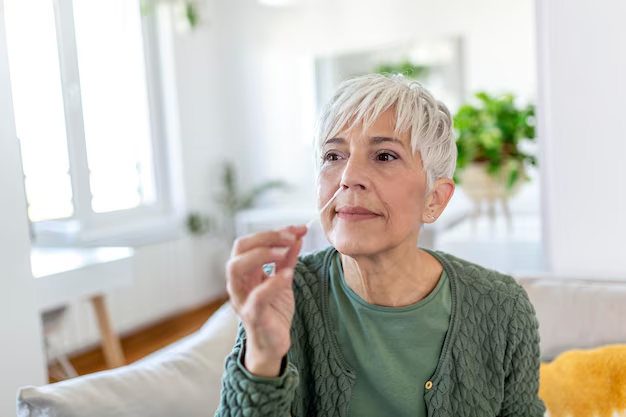Discover Osteoporosis Treatment Options: Key Steps for Managing Your Health
Osteoporosis, often called the “silent disease,” is a condition where bones become weak and more likely to fracture. While it may seem daunting, there are several effective strategies to manage and treat this condition, improving both your quality of life and health outlook. Let’s explore how osteoporosis is treated and how additional resources can offer crucial support along the way.
Medications Improve Bone Density
The most direct approach to treating osteoporosis involves medications that help slow bone loss or even increase bone density. Bisphosphonates are the most common class of drugs prescribed, including options like alendronate and risedronate. These drugs help decrease the risk of fractures by reinforcing bone structure.
For some patients, especially women who are postmenopausal, selective estrogen receptor modulators (SERMs) or hormonal therapies, like calcitonin or denosumab, might be appropriate. Teriparatide, a parathyroid hormone analog, is another treatment that works to stimulate new bone growth. The choice of medication can depend on several factors, including age, gender, risk level, and personal medical history.
Lifestyle Changes for Stronger Bones
Medications are critical, but lifestyle adjustments also play a pivotal role in osteoporosis management:
- Diet: Ensuring adequate calcium and vitamin D intake is essential to support bone health. Foods like dairy products, leafy greens, and fortified cereals are excellent sources of these nutrients.
- Exercise: Weight-bearing and strength-training exercises can help maintain or improve bone density and balance, reducing the risk of falls and fractures.
- Quit Smoking and Limit Alcohol: Both smoking and heavy alcohol intake can accelerate bone loss, so quitting smoking and limiting alcohol can significantly impact bone health.
Regular Monitoring and Health Checkups
Continual monitoring via bone density tests can help track the progression of osteoporosis and the effectiveness of treatments. Follow-up visits with a healthcare provider are essential to adjust treatment plans as necessary, ensuring optimal care.
Financial Assistance and Health Coverage
Managing osteoporosis can be financially challenging, yet various financial aid programs can provide support:
🏥 Health Insurance Programs
- Medicare and Medicaid offer coverage for certain osteoporosis screening and treatments. Checking eligibility and benefits is crucial.
💊 Prescription Assistance Programs
- Many pharmaceutical companies offer programs that reduce the cost of medications for eligible individuals.
🤝 Government and Community Resources
- State and local health departments may have community programs focused on osteoporosis education and prevention.
These coverage options can significantly mitigate costs, removing barriers to effective treatment. Engaging with these resources can alleviate some of the financial stress associated with ongoing medical care, allowing you to focus on your health journey.
Exploring Broader Support and Educational Opportunities
Financial stability is as important as access to healthcare. Consider exploring programs that can ease living costs while you manage osteoporosis:
- Educational Grants: Available for adults seeking to enhance their career prospects and income potential through additional training or education.
- Debt Relief Solutions: Various relief options and counseling services are available to help manage outstanding debts, providing financial peace of mind.
- Credit Card Management: Look for special credit card programs offering low interest or beneficial terms for healthcare-related expenses.
Here's how these resources might look:
Financial Assistance & Educational Opportunities
- 🏥 Health Coverage Programs: Medicare, Medicaid
- 💊 Prescription Assistance: Patient Assistance Programs
- 🌍 Community Resources: Local support through state health departments
- 🎓 Educational Grants: Enhance career prospects
- 💸 Debt Relief Solutions: Counseling and management options
- 💳 Credit Card Solutions: Special terms for medical expenses
Taking proactive steps not only in treating osteoporosis but also in utilizing available resources can create a comprehensive approach to managing this condition. Remember, seeking support from healthcare providers and financial advisors can pave the way to a healthier, more stable future.

Related Topics
- a Nurse Is Caring For a Client Who Has Osteoporosis.
- a Percutaneous Is Performed To Treat Osteoporosis Related Compression Fractures
- Can Alcohol Cause Osteoporosis
- Can I Do Pilates If I Have Osteoporosis
- Can I Reverse Osteoporosis
- Can Men Get Osteoporosis
- Can Osteoporosis Affect Teeth
- Can Osteoporosis Be Cured
- Can Osteoporosis Be Painful
- Can Osteoporosis Be Reversed